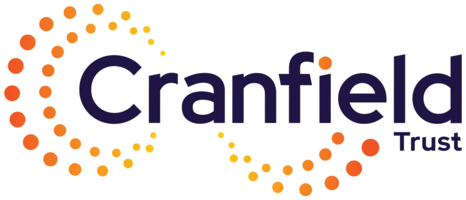“It’s a People Journey” –harsh on processes but gentle on processors; the underlying message from The Cranfield Trust masterclass last month, so generously hosted and presented by Jeremy and the Lean Team at Barclays Bank in Manchester.
When reviewing processes it’s important to consider the value as defined by the customer. Think who your customers are; your beneficiaries who define your organisational purpose, your volunteers, who help you deliver your aims and your funders and supporterswho enable this delivery.
- Lean helps you create EFFICIENT processes by focussing on EFFECTIVENESS for the customer and removing wasted effort that consumes time and money away from delivering to end customers
- Lean fixes the environment that creates problems rather than just addressing individual problems. Therefore any future deliveries shouldn’t need fixing.
To help you work on lean principles, identify your processes. Consider these with the process customer in mind (beneficiary, volunteer, funder even your own team). Concentrate on the value these processes add to the customer and look to remove any non value-adding activities waste.
A couple of attendees at the masterclass remembered “TIMWOODS” and remarked how useful he is! “He” is actually a concept for identifying waste in your processes.
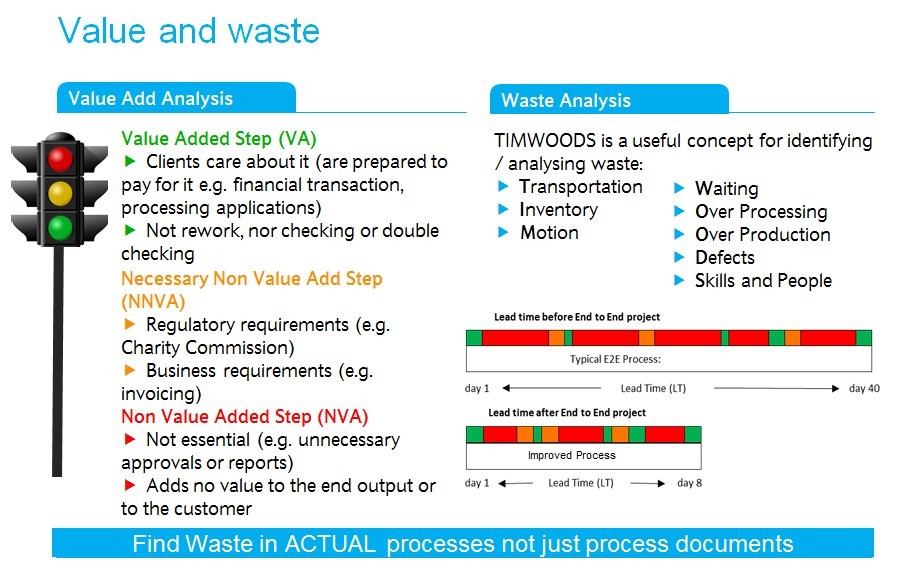
You may wonder how this applies to your charity but think hard at your processes and question each task and activity:
- Is there a lot of time spent travelling, waiting or just moving people or product around?
- Do you hold a lot of stock, have you got money and processing time tied up in excess inventory ?
- Are you having to make lots of extra steps, keystrokes, actions which could be reduced with better layout planning? Perhaps even something as simple as an extra VDU screen to reduce flipping between PC applications.
- Are there non-productive periods of waiting?
- Are you unnecessarily gold plating your activities? No you’re not. Great, you’re certain, you’ve checked with your customers?
- Are you producing too much? We’ve all run that charity sale where we’ve mobilised every person under the sun to donate and we’ve got too much?
- Skills and people, our most valuable and precious resource. So important to monitor, review, feedback , coach and join them in celebrating their successes. All the time, continuously striving to improve customer service. Also, ensure that they have the skills they need to do their roles.
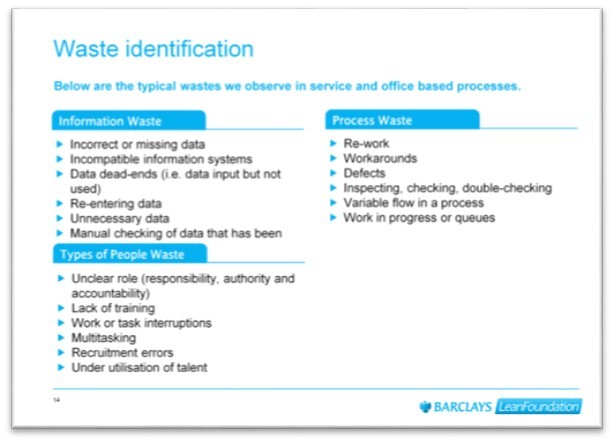
We are most often drawn to thinking about a process when we have a problem. A good technique in evaluating your problem is to keep asking “Why?” is it happening. Don’t stop at the first “why?” Keep going until you get to the root cause of your issue and then address this:
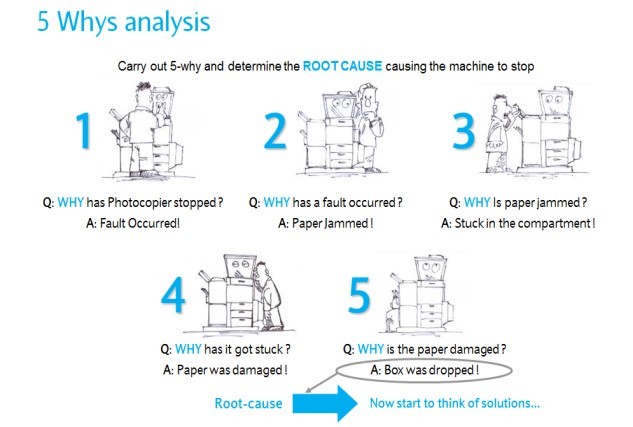
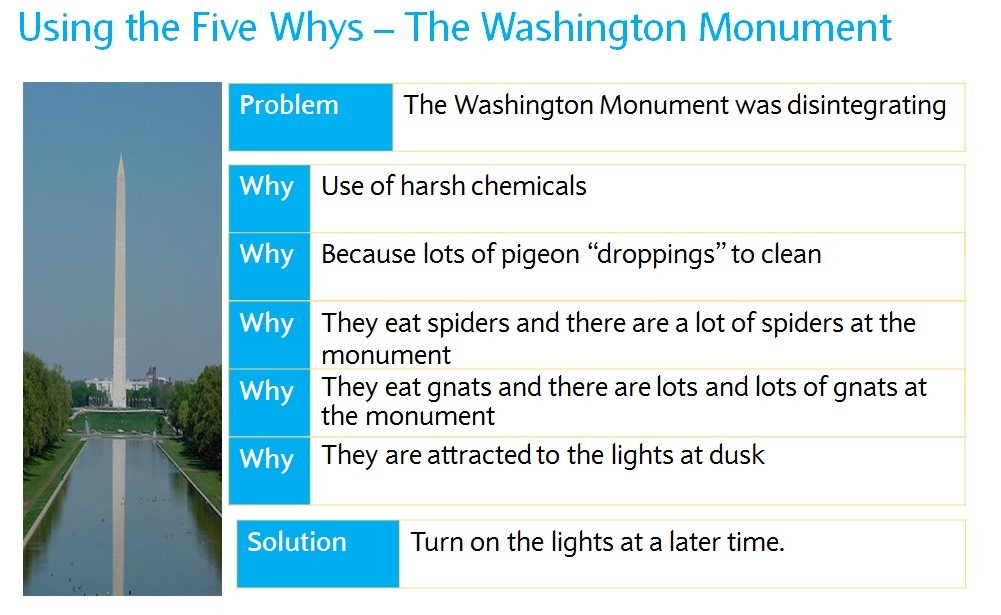
Value of Customer - what’s really CRITICAL to Quality?
It’s important to serve the customer, provide what they need but please pause to review that what you do is Critical to Quality – CTQ. Are these ‘nice to haves’ draining limited resources; time, skills, funds? What negative consequences are there by removing these…..? Be harsh and realistic in answering this question, in light of customer Quality AND Resoures. Think LEAN. For example is an individual intervention with one beneficiary really necessary or perhaps a practitioner can meet with a small group with the same or perhaps even better impact?
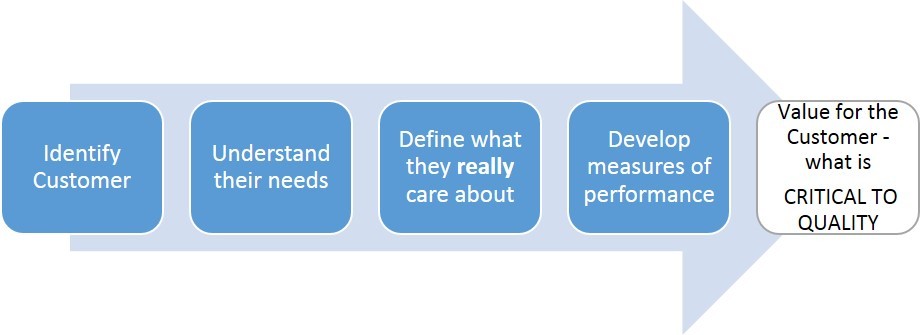
Never underestimate the power of the post-it note when ‘sketching’ your existing or new processes. Use colour, a blank wall, rolls of paper, whatever allows creativity and flexibility to review, resolve, build, review again and refine. Take photos to document your thinking process and final outputs. Make it a collaborative and fun process plenty of eyes looking for wasteful steps in the guise of information waste, process waste and people waste.
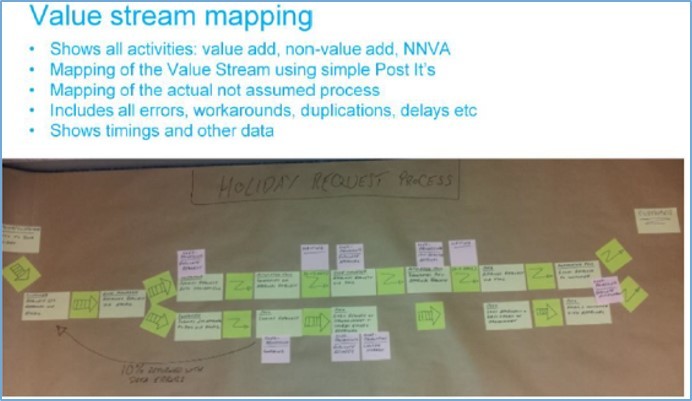
Whether you’re creating a process from scratch or have an existing problem to solve the above approaches will help you focus on a Lean, customer focused solution. The Barclays Lean Foundation developed a useful template for guide you. Have a go. Apply this to one of your resource rich processes, starting with the hardest step – Defining the Problem.

To help with this let’s hear Rudyard Kipling:
“ I keep six honest serving men,
(they taught me all I know);
Their names are What and Why
And When,
And How and
Where and Who.”
Just keep asking, What, Why, When, How, Where and Who….the rest will follow. Remember to concentrate on the PROBLEM at this point not the root causes nor the solution. In this example, we have a situation where: “The board at Airways PLC has noted from the annual report preparation that it is being penalised £50million p.a. in Late Take-off penalties and customer complaints are higher than expected.
As you can see in this slide, asking the Kipling questions drives us to research the situation and better understand the problem and it’s consequences if not fixed.

Good luck on your Lean journey.
With many thanks to Barclays Bank Lean Foundation for delivering such a comprehensive and valuable class to charities in the North West.
Visit our events page to see our upcoming masterclass events.
